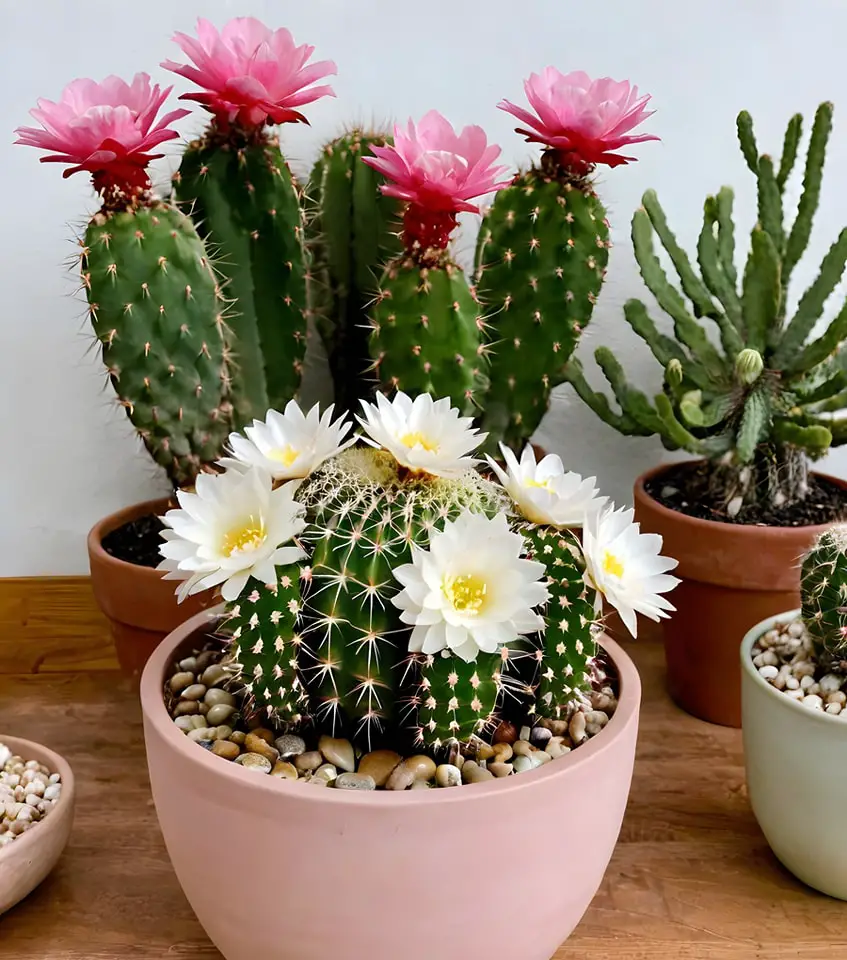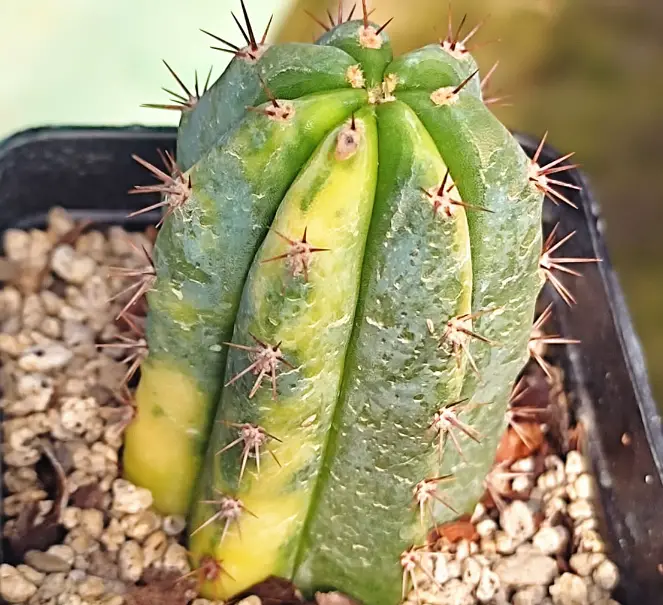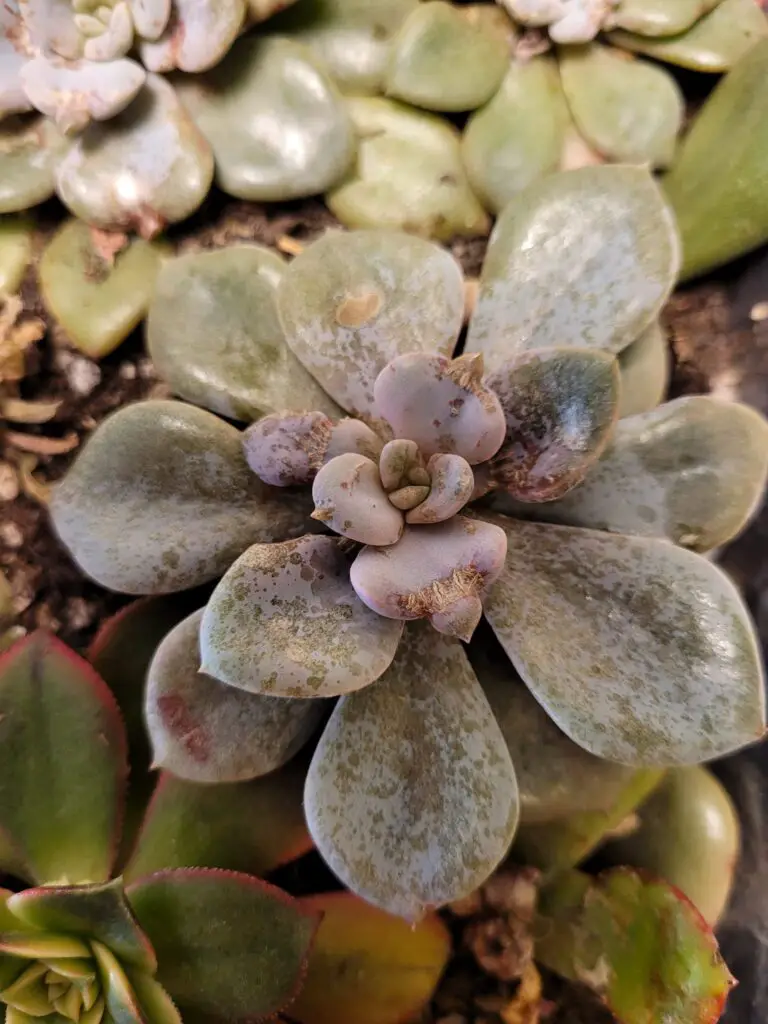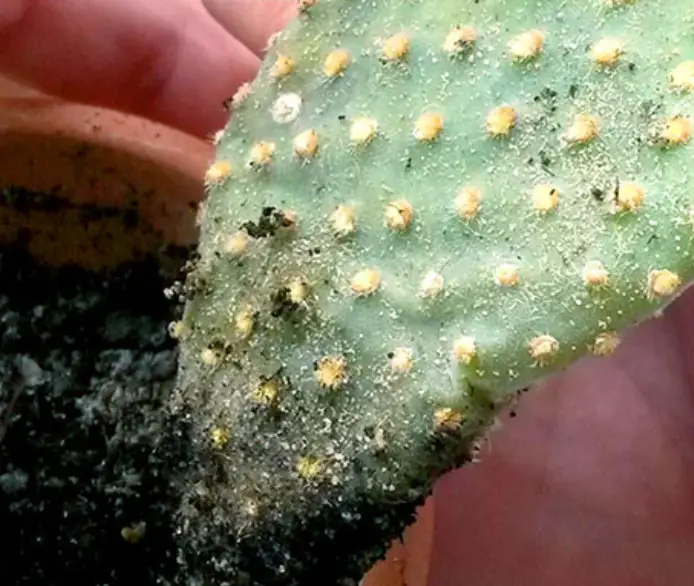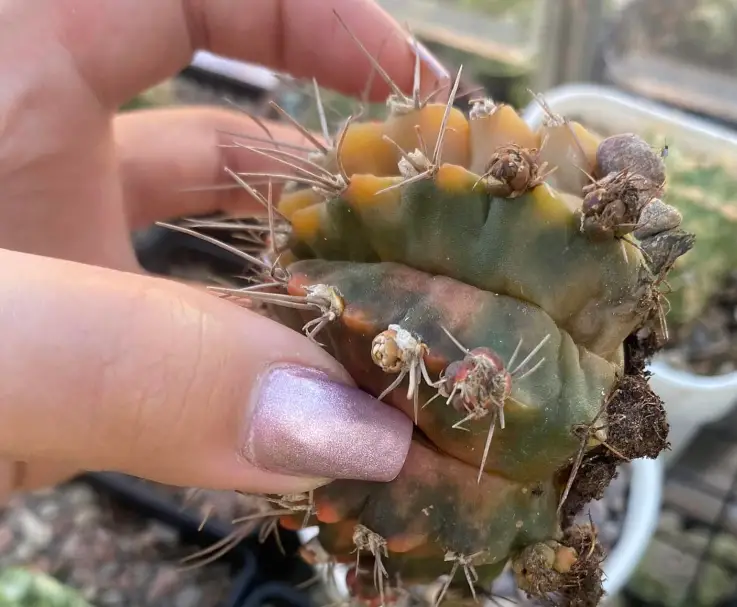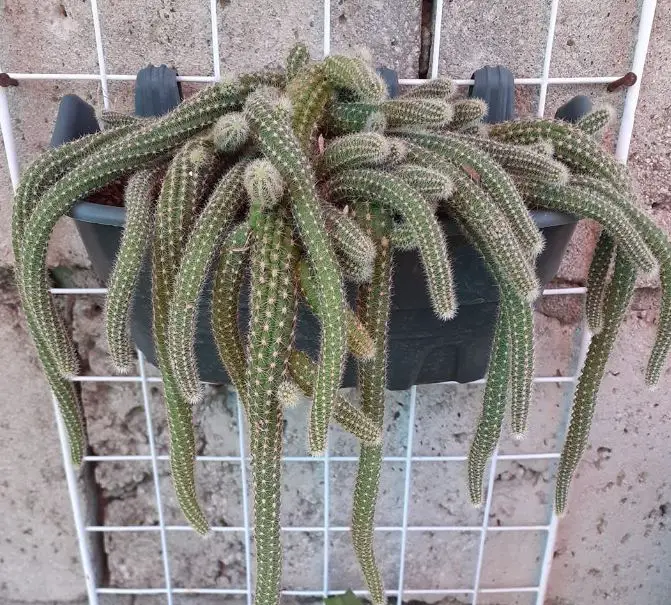5 Common Summer Mistakes When Growing Cacti Indoors (And How to Fix Them)
Cacti are treasured for their striking shapes, low maintenance, and desert-chic aesthetic. Whether you’re in the arid Southwest or a humid East Coast city, these desert plants can bring a touch of nature to your home.
However, summer’s heat can pose unique challenges for indoor cactus care. Many gardeners unknowingly make mistakes that stress their prickly friends. This has led to problems such as wilting, rot, or stunted growth.
In this article, I’ll dive into the common mistakes hobysts make during summer when growing cacti indoors. I will also provide simple fixes and how to avoid these pitfalls. Read on to keep your cacti thriving through the hottest months and beyond.
Why summer is tricky for indoor cacti
Before we explore the mistakes, let’s understand why summer can be tough for indoor cacti. Native to arid regions, cacti are adapted to survive intense heat and drought.
However, indoor environments—especially in American homes with air conditioning, variable humidity, and limited natural light—can disrupt their natural growth.
Summer’s higher temperatures and longer daylight hours may prompt cacti to grow more actively. This can typically increase their need for proper care.
Missteps in watering, light, or drainage can quickly turn your thriving cactus into a sad, soggy mess.
Let’s break down the five common mistakes and how to fix them.
Mistake 1: Overwatering Your Cactus
Overwatering is the number one killer of indoor cacti. Summer may just amplify this risk. Many gardeners assume that hotter weather means their cacti need more water. However, cacti store water in their fleshy stems, a reason they survive dry spells.
Overwatering can lead to root rot. This is a condition where roots become mushy and unable to absorb nutrients. In most cases, it often kills the plant. Soggy soil encourages the growth of bacteria and fungi that cause roots to decompose.
In summer, indoor cacti may need slightly more frequent watering than in winter. However, there is a need to balance. For example, in humid regions like Florida or New York, high indoor humidity can slow soil drying. This can typically increase the risk of overwatering.
The Fix
- Water your cactus only when the soil is completely dry. For most indoor cacti in summer, this means watering every 2–3 weeks. This may depend on your home’s humidity and temperature. Use your finger or a moisture meter to check the soil an inch deep.
- If you live in a humid area, reduce watering frequency. In drier climates like Arizona, you might water slightly more often, but always check the soil first.
- When watering, thoroughly soak the soil until water drains out the pot’s bottom. Let it dry completely before watering again. Never let your cactus sit in standing water.
- Yellowing, soft, or mushy stems are red flags for overwatering. If you spot these, stop watering immediately and inspect the roots for rot.
Pro Tip: Popular cacti like the Barrel Cactus or Prickly Pear need even less water than you might think. They are built for drought! Better err on the side of underwatering
Mistake 2: Providing poor or inadequate light
Cacti crave sunlight, but many growers underestimate this need. Poor light can cause cacti to become etiolated. They stretch and become leggy as they try to reach for sunlight. This can weaken their structure and appearance.
In most American homes, north-facing windows and shaded rooms often provide insufficient light. Summer’s intense heat may tempt gardeners to move their cacti away from sunny windows as a way of preventing sunburn.
For instance, cacti like the Saguaro or Echinopsis need bright, direct light to thrive. Without it, they’ll struggle to photosynthesize and grow properly.
The Fix
- Place your cactus near a south- or west-facing window where it can get at least 6 hours of bright, indirect light daily. Direct sunlight is fine for most cacti, but monitor for scorching in extremely hot climates.
- If natural light is limited (common in urban apartments), invest in a full-spectrum LED grow light. Position it 6–12 inches above the cactus and run it for 12–14 hours daily to mimic summer daylight.
- Rotate your cactus every 1–2 weeks to ensure even light exposure. This will prevent lopsided growth.
- If moving your cactus to a brighter spot, acclimate it gradually over a week to prevent sunburn.
Pro Tip: For light-hungry cacti like the Ferocactus, consider placing them on a sunny windowsill or balcony during mild summer mornings. Remember to bring them indoors during peak afternoon heat in states like Texas or Nevada.
Mistake 3: Ignoring pot drainage Issues
Proper drainage is critical for cacti. It is a concern that many American enthusiasts use pots without drainage holes or poorly draining soil, especially when repotting in summer. Without adequate drainage, excess water lingers in the soil, causing root rot and fungal issues.
Decorative pots without holes—popular in home décor trends—are a common culprit. In summer, higher temperatures can exacerbate drainage problems by encouraging faster evaporation at the soil surface. This can trick growers into thinking the soil is dry when it’s still wet below.
The Fix
- Always use pots with at least one drainage hole to allow excess water to escape. Terracotta pots are ideal for cacti, as they’re porous and promote evaporation.
- Opt for a cactus-specific potting mix or make your own by combining 50% potting soil, 30% sand, and 20% perlite or pumice. This ensures fast drainage and prevents water retention.
- Place a thin layer of pebbles or gravel on the soil’s surface to reduce moisture buildup and enhance airflow.
- If you suspect poor drainage has caused rot, gently remove the cactus from its pot. Trim away black or mushy roots with sterilized scissors and repot in fresh, dry soil. Withhold watering for 1–2 weeks.
Pro Tip: For small cacti like Mammillaria, placing a drained pot inside a decorative one can combine style and function without compromising drainage. This art is called double potting.
Mistake 4: Neglecting temperature and humidity control
Summer’s fluctuating indoor temperatures and humidity levels can stress cacti. Air conditioning in American homes often creates cool, dry environments. Open windows in humid regions like the Southeast can introduce excess moisture.
Cacti prefer warm, stable temperatures (70–85°F) and low humidity. Sudden changes or prolonged exposure to unsuitable conditions can weaken them.
For example, placing a cactus near an AC vent or a humid bathroom can lead to wilting or mold.
The Fix
- Keep your cactus in a warm, consistent spot away from cold drafts, AC vents, or heating sources. A sunny corner of a living room is often ideal.
- Aim for humidity levels below 40%. In humid climates, use a dehumidifier near your cactus to absorb excess moisture. In dry climates, light misting once a month is enough.
- If you open windows for fresh air, ensure your cactus doesn’t sit in a humid airflow path. Move it to a drier spot during rainy or muggy days.
- Use a digital hygrometer to track indoor temperature and humidity to ensure optimal conditions.
Pro Tip: Cacti like the Christmas Cactus tolerate slightly higher humidity than desert varieties. This makes them a good choice for humid summer environments.
Mistake 5: Forgetting to inspect for pests
Summer’s warmth can attract pests like spider mites, mealybugs, and scale. Many growers often overlook early signs of infestation, such as webbing, white cottony spots, or sticky residue.
Pests can weaken cacti by sucking sap – the plant’s lifeline. This can cause damage such as yellowing or stunted growth. So, neglecting regular inspections can easily allow infestations to spread to other houseplants.
The Fix
- Inspect your cactus for pests every 7–10 days. Focus more on crevices, spines, and the soil surface. Use a magnifying glass for tiny pests like spider mites.
- If you spot pests, isolate the cactus to prevent spreading. Wipe mealybugs or scale with a cotton swab dipped in 70% isopropyl alcohol. For spider mites, rinse the cactus with lukewarm water and apply neem oil or insecticidal soap.
- Place a small fan near your cactus to discourage pests. Ensure the fan isn’t too strong to avoid drying out the soil too quickly.
- Quarantine new plants for 2 weeks before placing them near your cacti.
- Avoid overwatering, as pests like fungus gnats thrive in moist conditions.
Pro Tip: Cacti like Opuntia are less prone to pests but still need regular checks, especially in warm, humid summers.
Bonus tips for summer cactus success
To set your indoor cacti up for long-term health, consider these extra tips:
- Use a diluted, low-nitrogen cactus fertilizer once a month during summer to support growth, but avoid overfeeding.
- Clean Spines: Gently dust your cactus with a soft brush to remove debris. This helps improve light absorption and reduce pest hiding spots.
- Research your specific cactus species to provide the right care requirements.
Conclusion
Growing cacti indoors during summer doesn’t have to be a prickly challenge. A few mistakes to avoid include overwatering, poor light, inadequate drainage, neglecting temperature and humidity, and ignoring pests.
Whether in sunny California or humid Georgia, you can thrive year-round with a few adjustments to your care routine. Take a moment to assess your cactus setup today. Is the soil draining properly? Is your cactus getting enough light?
Tim M Dave is a gardening expert with a passion for houseplants, particularly cacti and succulents. With a degree in plant biology from the University of California, Berkeley, he has vast experience in gardening. Over the years, he has cultivated a vast collection of desert plants and learned a great deal about how to grow and care for these unique companions.
